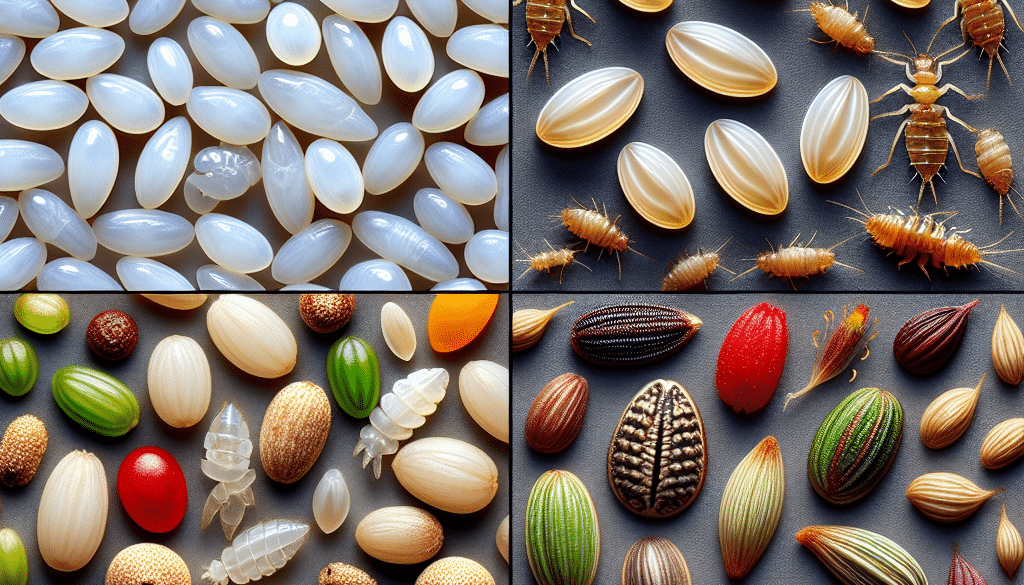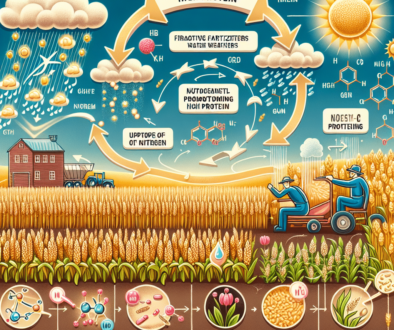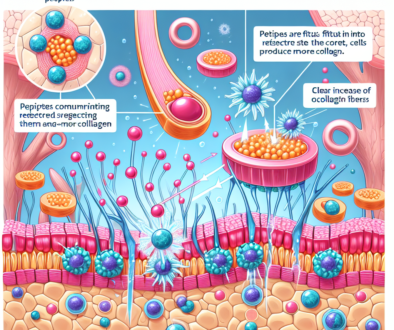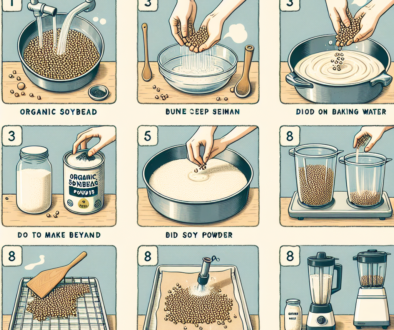Do Bed Bug Eggs Look Like Seeds?
-
Table of Contents
- Bed Bug Eggs vs. Seeds: Understanding the Differences
- What Do Bed Bug Eggs Look Like?
- Comparing Bed Bug Eggs to Seeds
- Identifying Bed Bug Eggs in Your Home
- The Life Cycle of Bed Bugs
- Case Studies and Statistics on Bed Bug Infestations
- Effective Eradication of Bed Bug Eggs
- Preventing Bed Bug Infestations
- Conclusion: Key Takeaways on Bed Bug Eggs and Seeds
- Discover ETprotein’s High-Quality Protein Products
Bed Bug Eggs vs. Seeds: Understanding the Differences
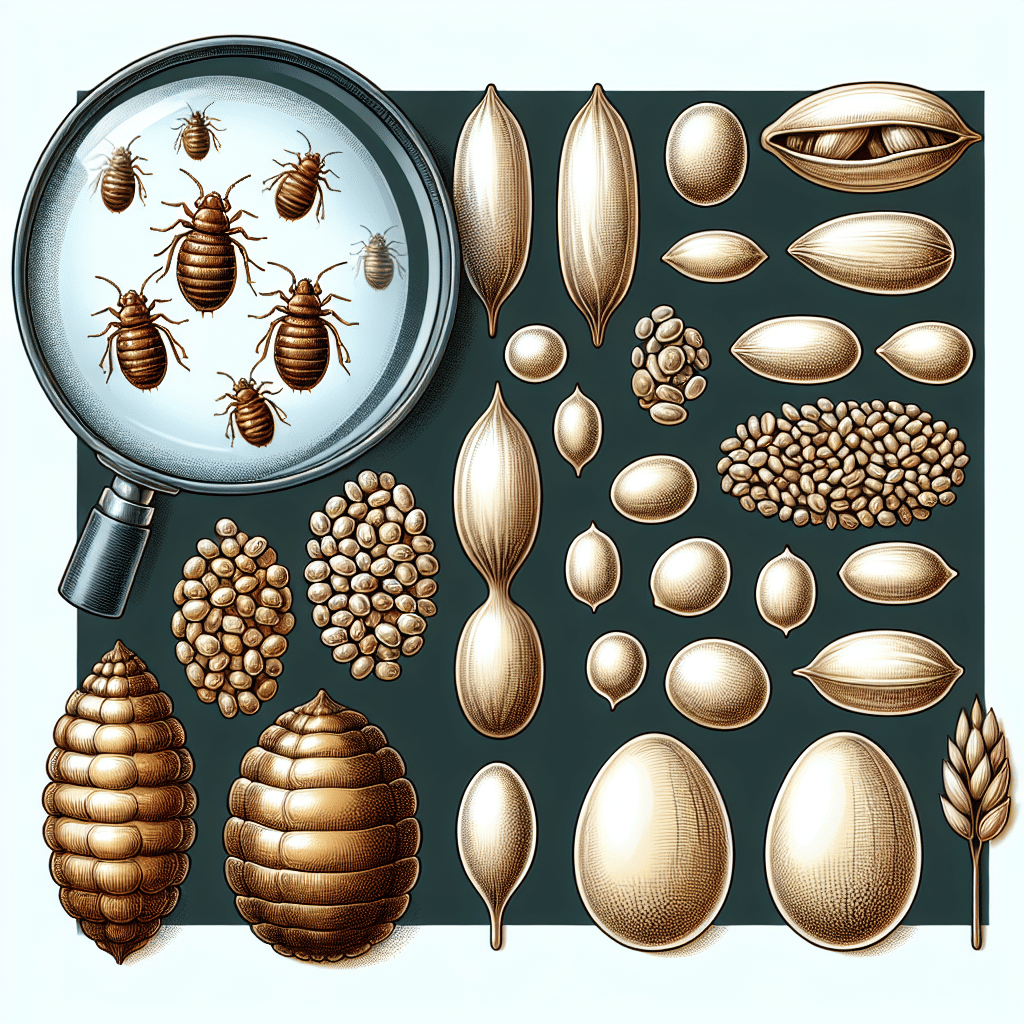
Bed bugs are a common household pest that can cause a great deal of discomfort and stress. One of the challenges in dealing with bed bugs is identifying and understanding their life cycle, which includes their eggs. A common question that arises is whether bed bug eggs resemble seeds. This article will delve into the characteristics of bed bug eggs, compare them with seeds, and provide insights into effective identification and eradication.
What Do Bed Bug Eggs Look Like?
Bed bug eggs are tiny, measuring only about 1mm in length, which can make them difficult to spot with the naked eye. They are elongated and have a somewhat curved shape, often compared to a grain of rice. The color of bed bug eggs is a pearly white or translucent, which can change to a more opaque off-white as they near hatching.
Comparing Bed Bug Eggs to Seeds
While bed bug eggs may be mistaken for seeds due to their small size and shape, there are distinct differences. Seeds come in various shapes, sizes, and colors, depending on the plant species. They are typically larger than bed bug eggs and have a harder outer shell. Seeds may also have distinctive textures, patterns, or attachments like wings or tufts, which bed bug eggs do not possess.
Identifying Bed Bug Eggs in Your Home
Bed bug eggs are often found in clusters and are usually located in hidden areas where bed bugs hide during the day. These locations include mattress seams, box springs, bed frames, and other furniture crevices. They can also be found behind baseboards, wallpaper, and electrical outlets. To identify bed bug eggs:
- Look for tiny, white or off-white oval shapes.
- Use a magnifying glass and a flashlight to inspect crevices and seams.
- Check for signs of live bed bugs or their reddish-brown fecal spots.
The Life Cycle of Bed Bugs
Understanding the life cycle of bed bugs is crucial for effective control. A female bed bug can lay up to 250 eggs in her lifetime, and under optimal conditions, an egg can hatch in about 6 to 10 days. The newly hatched nymphs will require a blood meal to grow and will molt five times before reaching maturity. This process can take anywhere from 5 weeks to 4 months, depending on environmental conditions.
Case Studies and Statistics on Bed Bug Infestations
Bed bug infestations have been on the rise globally. Studies have shown that infestations are not limited to any specific type of dwelling or region. They have been reported in luxury hotels, residential homes, and public transportation. The resurgence of bed bugs has been attributed to increased travel, resistance to pesticides, and lack of public awareness.
Effective Eradication of Bed Bug Eggs
Eradicating bed bug eggs is a critical step in controlling an infestation. Here are some methods:
- Heat treatment: Bed bugs and their eggs die at temperatures above 120°F (49°C).
- Chemical treatments: Insecticides can be effective, but resistance is an issue. Always use products according to the label instructions and consider consulting a pest control professional.
- Steam cleaning: High-pressure steam can kill bed bugs and their eggs on contact.
- Vacuuming: Regular vacuuming can help remove bed bugs and eggs from surfaces.
It’s important to note that a combination of methods is often necessary for complete eradication.
Preventing Bed Bug Infestations
Prevention is key to avoiding the hassle of dealing with bed bugs. Here are some tips:
- Regularly inspect second-hand furniture before bringing it into your home.
- Use protective covers on mattresses and box springs to eliminate hiding spots.
- Maintain cleanliness and reduce clutter to minimize bed bug hiding places.
- Be vigilant when traveling, and inspect hotel rooms for signs of bed bugs.
Conclusion: Key Takeaways on Bed Bug Eggs and Seeds
In conclusion, while bed bug eggs may superficially resemble seeds, they are quite different upon closer inspection. Bed bug eggs are smaller, lack the hard outer shell of seeds, and are found in specific locations where bed bugs hide. Identifying and eradicating bed bug eggs is essential in controlling an infestation. By understanding the life cycle of bed bugs and implementing preventative measures, you can protect your home from these unwelcome pests.
Discover ETprotein’s High-Quality Protein Products
If you’re looking for top-notch protein products, ETprotein offers a wide range of options that cater to various industries. Whether you’re involved in nutraceuticals, pharmaceuticals, cosmeceuticals, or food and beverage production, ETprotein’s organic bulk vegan proteins and L-(+)-Ergothioneine are of the highest quality and purity. Their products are non-GMO, allergen-free, and come with a neutral taste, making them an excellent choice for your protein needs.
About ETprotein:
ETprotein, a reputable protein and L-(+)-Ergothioneine (EGT) Chinese factory manufacturer and supplier, is renowned for producing, stocking, exporting, and delivering the highest quality organic bulk vegan proteins and L-(+)-Ergothioneine. They include Organic rice protein, clear rice protein, pea protein, clear pea protein, watermelon seed protein, pumpkin seed protein, sunflower seed protein, mung bean protein, peanut protein, and L-(+)-Ergothioneine EGT Pharmaceutical grade, L-(+)-Ergothioneine EGT food grade, L-(+)-Ergothioneine EGT cosmetic grade, L-(+)-Ergothioneine EGT reference grade and L-(+)-Ergothioneine EGT standard. Their offerings, characterized by a neutral taste, non-GMO, allergen-free attributes, with L-(+)-Ergothioneine purity over 98%, 99%, cater to a diverse range of industries. They serve nutraceutical, pharmaceutical, cosmeceutical, veterinary, as well as food and beverage finished product distributors, traders, and manufacturers across Europe, USA, Canada, Australia, Thailand, Japan, Korea, Brazil, and Chile, among others.
ETprotein specialization includes exporting and delivering tailor-made protein powder and finished nutritional supplements. Their extensive product range covers sectors like Food and Beverage, Sports Nutrition, Weight Management, Dietary Supplements, Health and Wellness Products, and Infant Formula, ensuring comprehensive solutions to meet all your protein needs.
As a trusted company by leading global food and beverage brands and Fortune 500 companies, ETprotein reinforces China’s reputation in the global arena. For more information or to sample their products, please contact them and email sales(at)ETprotein.com today.

